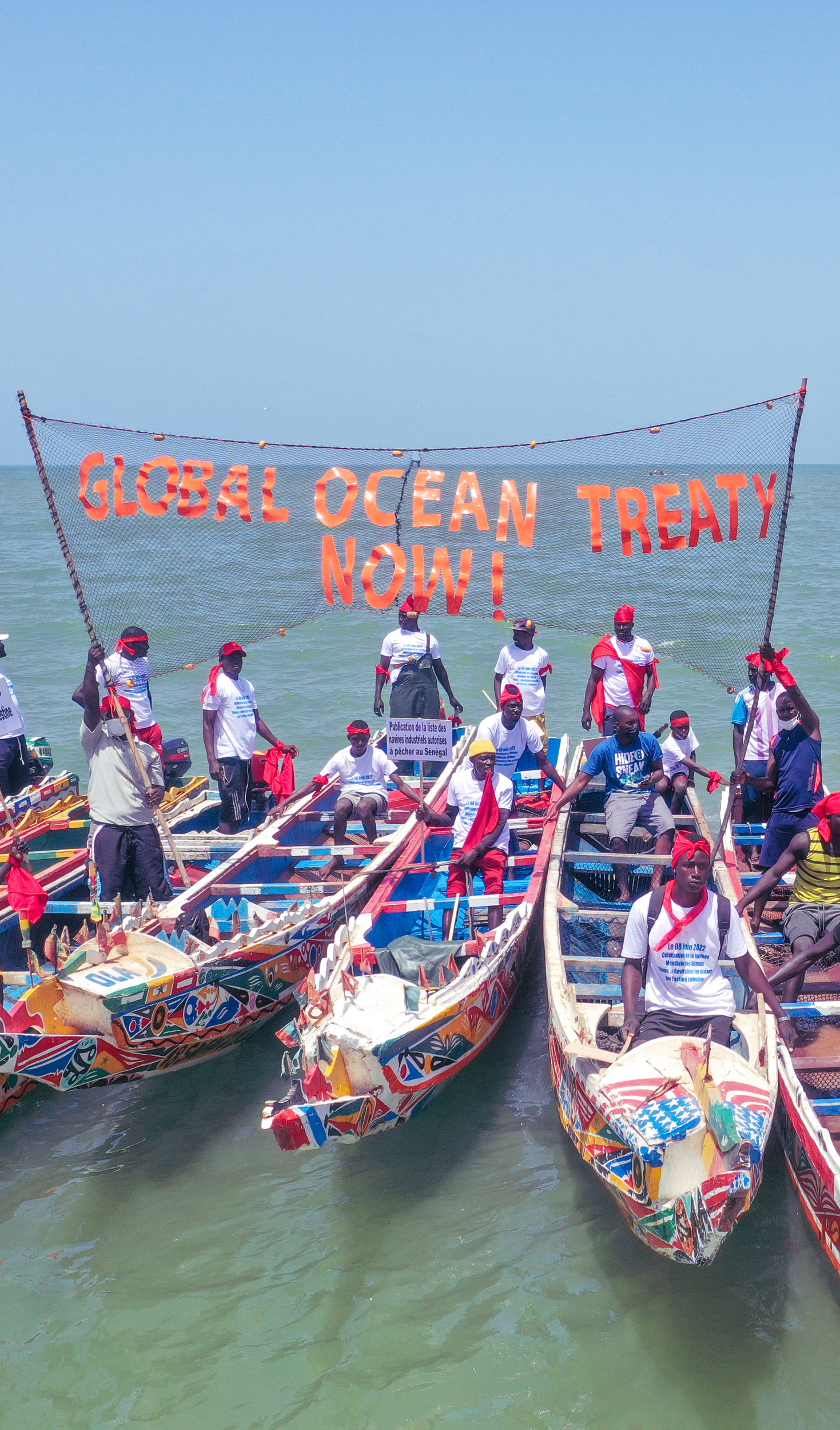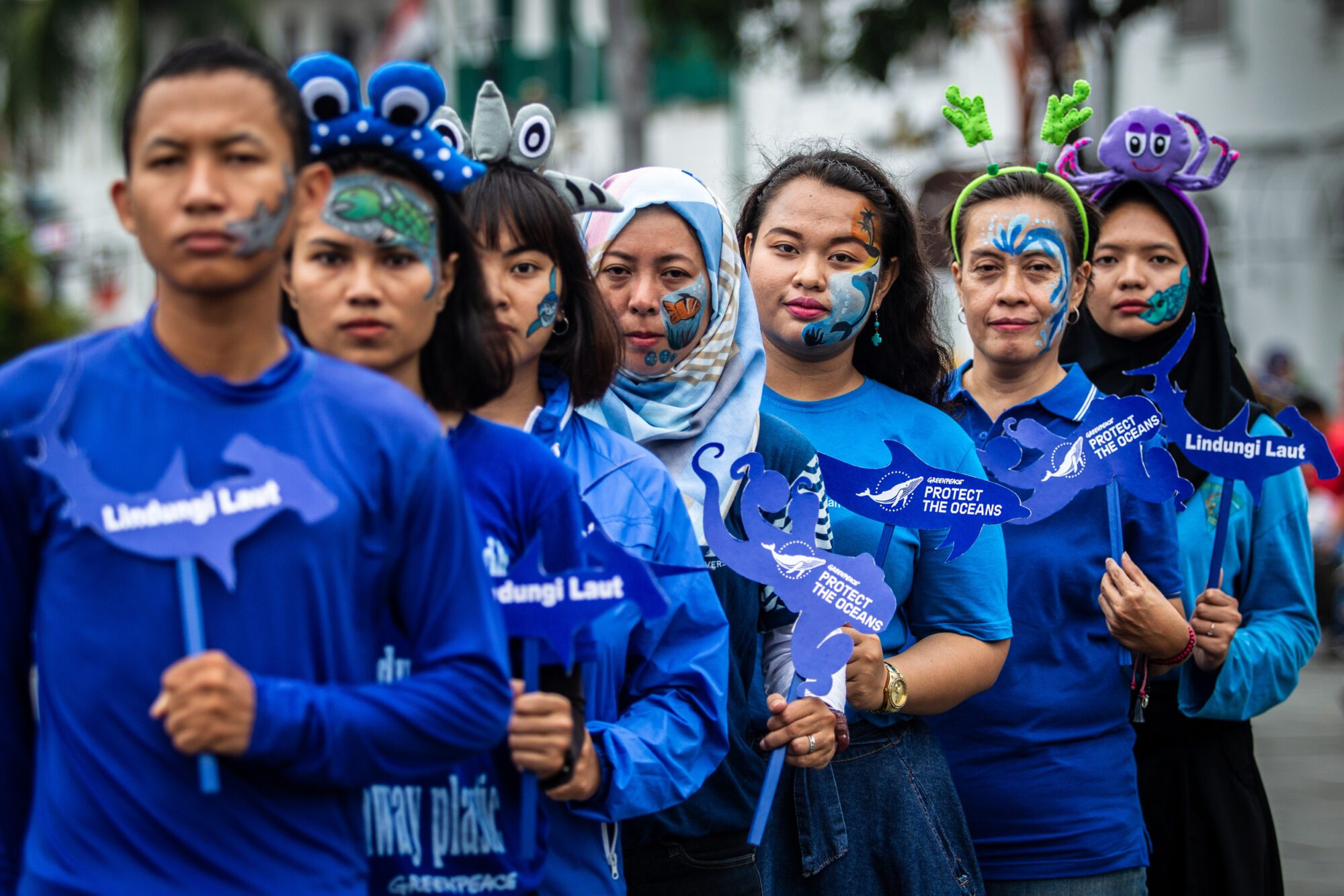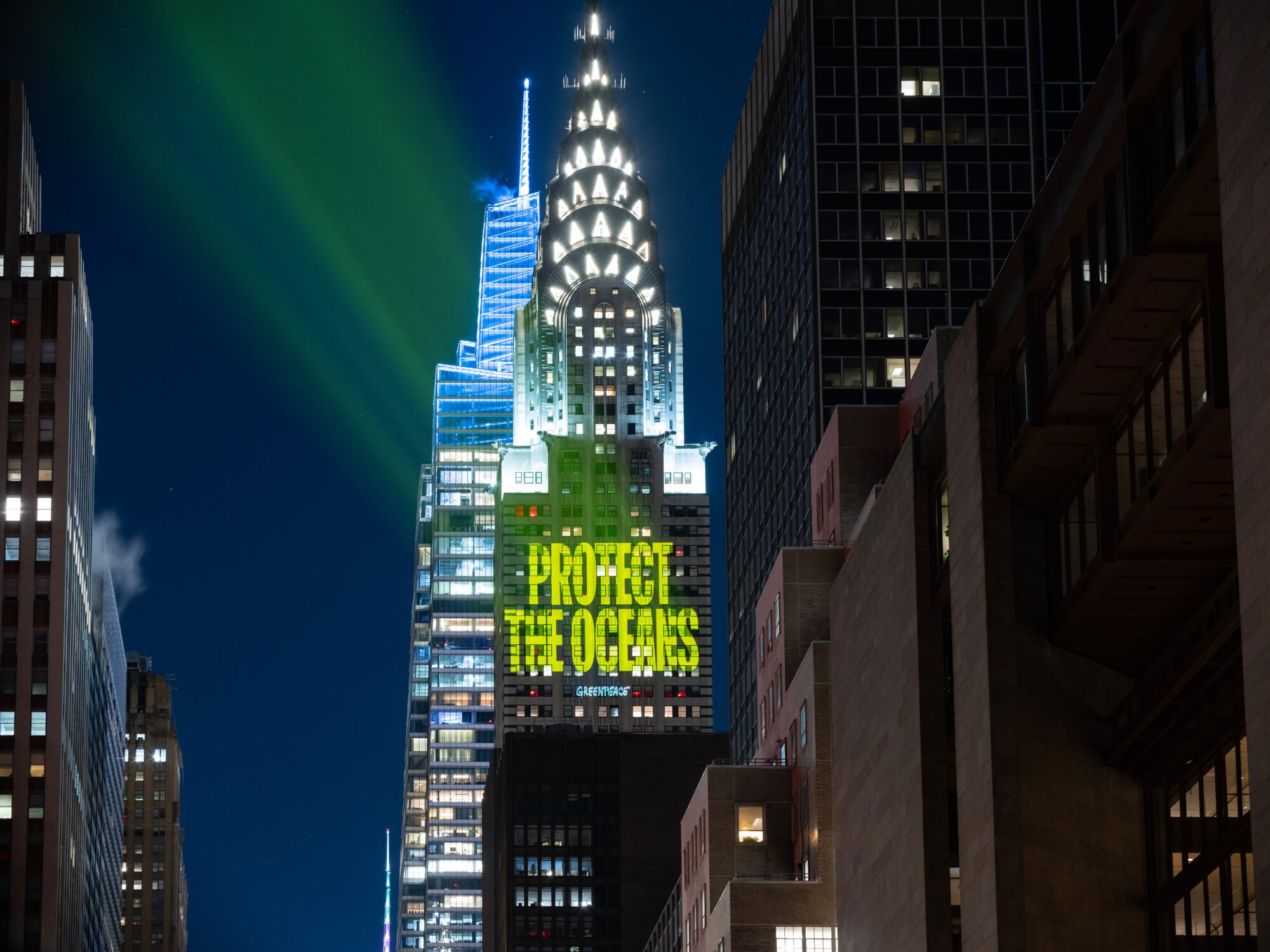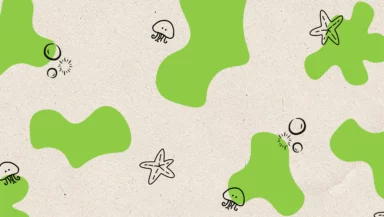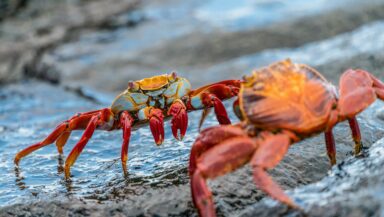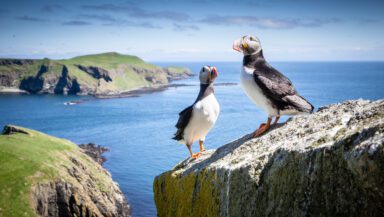It has taken decades, but we finally have a Global Ocean Treaty that can deliver the protection the oceans desperately need.
This Treaty provides the tools to create vast protected areas covering at least 30% of the oceans by 2030.
In June 2023, governments met at the United Nations to officially adopt the treaty after agreeing the text back in March.
Let’s take a look back at how we got here, what comes next, and what the UK government can do to move things forward.
How did Greenpeace help?
Why ocean protection matters
The seas provide half of our oxygen, and food for a billion people. With this new treaty, we can give them the protection they deserve.
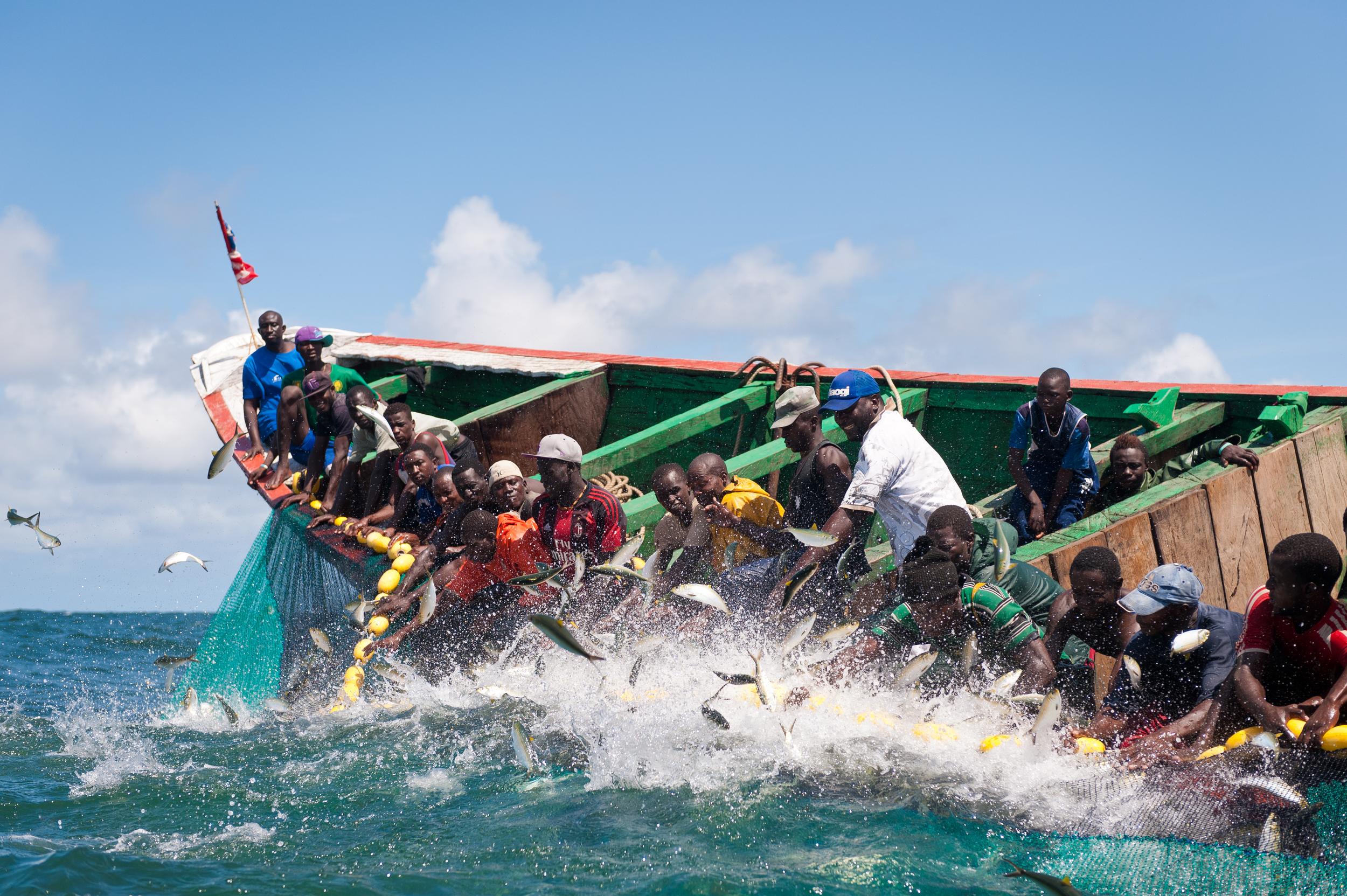
Winning this treaty took decades, and Greenpeace has been there since the beginning.
In 2005, we published our first ever briefing calling for a new treaty under the UN Convention on the Law of the Sea. It was a call to protect ocean life and provide tools to create marine protected areas on the high seas.
This was vital because the high seas, (waters beyond the borders of countries), were (and still are) a wild west of destructive activity.
We, along with our allies, were also among the first to call to protect least 30% of the world’s oceans by 2030. This crucial ’30×30′ target was finally agreed to by all governments in December 2022. 30% is the absolute minimum scientists say we need to let the oceans to recover and thrive.
Without the millions of people on every continent who worked together to call for ocean protection, the strong treaty and 30×30 target would not have been possible.

